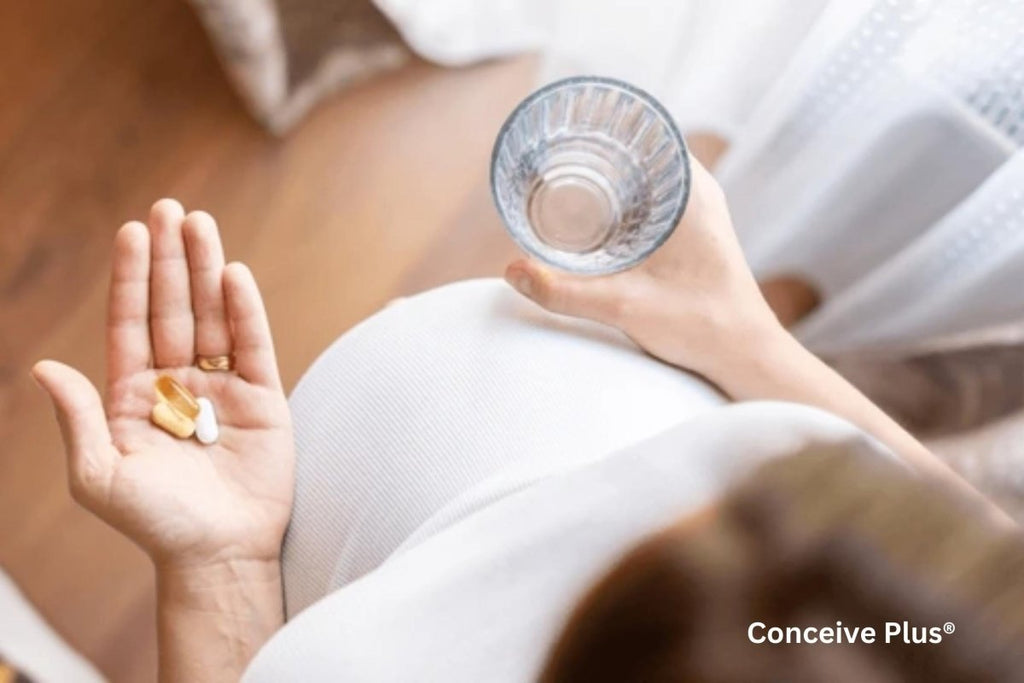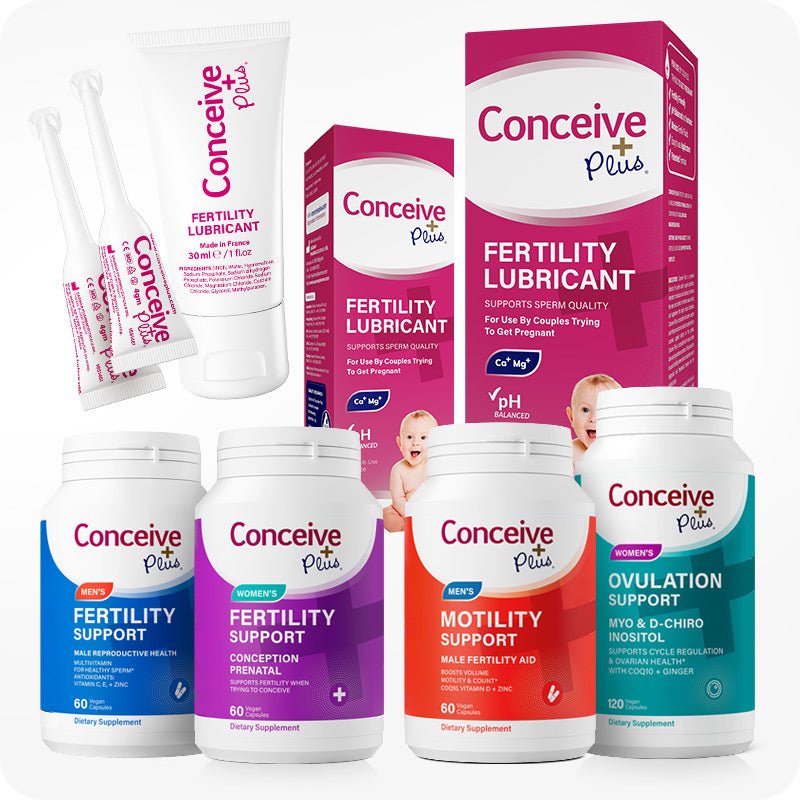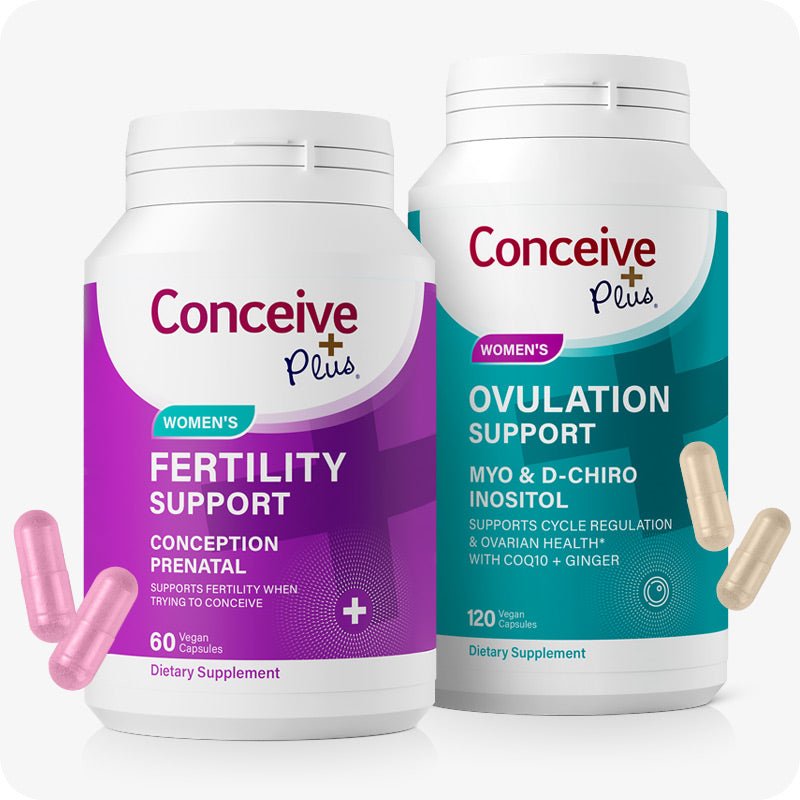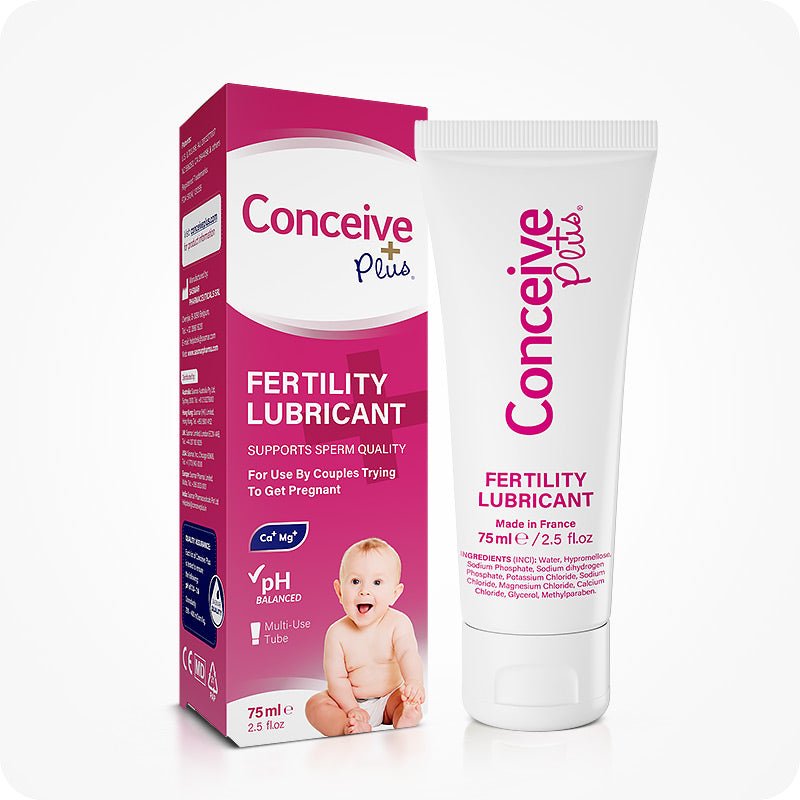Possible Causes For Ovarian Pain Before Menstruation

Many women complain of ovarian pain when they visit their doctor for reproductive well-being. They often worry if it is a sign of some health condition that could affect their fertility.
Women normally experience ovarian pain before menstruation for two normal reasons, including menstruation and ovulation. You can differentiate these two pains with the help of factors like the timing of the pain. Some health conditions can also be responsible for ovarian pain, which makes this topic essential for women to understand [1].
In this article, we will explore the causes of ovarian pain before menstruation, which includes pain due to ovulation, periods, and other health conditions.
Pain Due to Ovulation
Reports show that around 40% of women experience pain in the ovaries during ovulation [2]. The other common word for ovulation pain is "mittelschmerz." This pain is usually felt in the middle of the menstrual cycle, during the ovulation phase.
In the ovulation phase, a mature follicle in one of the two ovaries ruptures and releases an egg. This process can cause temporary pain on one side of the lower abdomen, depending on which ovary is releasing the egg that month.
Reasons for Ovulation Pain
Some possible explanations of why you feel pain in the ovaries during ovulation include:
- Stretching of the Ovarian Surface: Follicles are the structures within the ovaries, and each follicle contains an egg cell. Some of these follicles grow each menstrual cycle and reach their maximum size just before ovulation [3]. This growth of the follicle can stretch the surface of the ovary, leading to a feeling of pressure or mild pain.
- Follicle Rupture: During ovulation, one of many mature follicles in the ovary bursts to release an egg. This rupture can cause a sudden and sharp pain that can last a few minutes to several hours.
- Fluid Release: In addition to egg cells, follicles also contain fluid, including hormones and enzymes, to support the maturing of the egg cells [4]. When the follicle ruptures, it releases this fluid and sometimes a small amount of blood. This fluid can irritate the surrounding tissues, causing mild discomfort or pain.

Identifying Ovulation Pain
Ovulation pain usually occurs about 10 to 14 days before the start of the next period. It is often localized to one side of the abdomen, depending on which ovary is releasing egg, and does not last as long as menstrual pain.
A woman can tell if she is experiencing ovulation pain if she understands the pattern of her menstrual cycle. Some other signs and symptoms of ovulation, such as cramping after ovulation, can also hint that the pain you are experiencing in the ovaries is because you are ovulating. Using ovulation supporting supplement can provide necessary nutrients for the whole process to make things smooth.
Pain Due to Menstruation
The egg released during ovulation awaits the sperm cell for fertilization. If fertilization occurs, the next step is the implantation of the fertilized egg into the uterine lining.
However, when fertilization doesn't occur, the body realizes there is no need for a thick uterine lining and starts preparing for menstruation. As the body prepares for menstruation, it undergoes several changes that can lead to ovarian pain during period.
These changes include:
-
Shedding of the Uterine Lining
The endometrium, the inner lining of the uterus, thickens after ovulation under the influence of progesterone hormone [5]. But when the pregnancy does not occur, the body starts preparing for menstruation.
Before menstruation begins, the uterus starts to contract to shed this inner lining. This process is triggered by a drop in hormone levels, particularly progesterone [5]. As the uterine muscles contract to expel the lining, you may feel cramping in the lower abdomen. This pain can sometimes radiate to the ovarian region, making you feel like the ovaries are aching.

-
Hormonal Changes
Fluctuations in hormones before menstruation can lead to discomfort around the pelvic area. The drop in estrogen and progesterone levels can make the tissues in the pelvic region more sensitive. This sensitivity might be responsible for causing aches or mild pain in the ovaries.
Identifying Menstrual Pain
One of the key characteristics of ovary pain prior to period is that it is felt 1 to 3 days before the expected period date [6]. This makes it easy to differentiate this pain from ovulation pain since that occurs up to two weeks before the expected period date.
At the time of menstrual pain, your body shows several other signs of upcoming menstruation, which can help you identify this pain. For example, you start to experience symptoms like mood swings, irritability, tiredness, and breast tenderness, which sign that your periods are near [7].
Differentiating Menstrual Pain and Ovulation Pain
Here are some key differences in both types of pain that can help you identify the cause:
|
Feature |
Menstrual Pain |
Ovulation Pain |
|
Timing |
1 to 3 days before period |
10 to 14 days before period |
|
Location |
Both sides or central lower abdomen |
Usually on side of the lower abdomen |
|
Duration |
From a few hours to a few days |
From a few minutes to several hours |
|
Accompanying Symptoms |
Bloating, mood swings, fatigue |
Ovulation bleeding, breast tenderness |
Identifying these characteristics can make it easy for you to differentiate the causes of your ovarian pain. These features can also help you understand the patterns in your reproductive cycle and increase your chances of conception.
Other Reasons for Ovarian Pain
When you experience pain in ovary, there is the highest possibility that it is either due to ovulation or menstruation. However, certain medical conditions can also cause ovarian pain, and it is essential to detect those conditions timely to avoid any adverse impact on fertility health.
Here are some common health conditions responsible for causing ovarian pain:
-
Ovarian Cysts
Ovarian cysts are fluid-filled sacs that form on or inside the ovaries. They can cause pain if they grow large. Large ovarian cysts can also rupture or twist the ovary, a condition called ovarian torsion [8]. Symptoms of ovarian cyst can include sharp or dull pain on one side of the lower abdomen and bloating or a feeling of fullness.
Reports show that 10 in every 100 women develop ovarian cysts in their lives [9]. Some ovarian cysts go on their own, while others require minimally invasive surgeries for their removal.
-
Endometriosis
Endometriosis ovulation pain occurs when tissue similar to the uterine lining grows outside the uterus. These tissues often grow in the ovaries and lead to sharp ovary pain.
Endometriosis can cause severe pelvic pain, especially before and during menstruation. Additional symptoms include painful periods, pain during intercourse, and heavy menstrual bleeding.
Reports show that around 10% of women worldwide, which estimates 176 million women, suffer from endometriosis in their reproductive age [10]. It is one of the common conditions responsible for female infertility. Treatment is possible with hormone therapy and surgery.

-
Pelvic Inflammatory Disease
Pelvic inflammatory disease of PID is an infection of the reproductive organs in females. Sexually transmitted infections (STIs) are often, but not always, the cause behind this condition. This infection can target ovaries, fallopian tubes, uterus, and cervix.
Symptoms of PID can include ovarian pain when the ovaries are infected. Other symptoms include fever, chills, and abnormal vaginal discharge with an unpleasant odor.
Reports show that PID affects 1 million women each year in the United States alone [11]. A report by the Centers of Disease Control and Prevention shows that 1 in 8 women with PID experiences difficulty in getting pregnant [12]. Antibiotics can help treat this condition and avoid complications.
-
Ovarian Torsion
Ovarian torsion occurs when an ovary twists around its supporting ligaments. This twisting results in the cutting of the blood supply of the ovary [8]. When it occurs, you may experience sudden, severe abdominal pain and require immediate medical attention. Other signs of ovarian torsion include nausea, vomiting, and tenderness in the abdomen.
Surgery is the only effective treatment for this condition, and reports show that surgery to untwist ovaries is successful in 90% of cases [13].

When to See a Doctor for Ovarian Pain?
Occasional ovarian pain is often due to menstruation or ovulation, which is harmless. However, it’s important to know when to seek medical help. Consider consulting a doctor if you experience:
- Severe or sudden pain that doesn’t improve.
- Pain accompanied by fever, nausea, or vomiting.
- Unusual vaginal discharge or bleeding.
- Persistent or recurring pain that disrupts daily activities.
- Symptoms of ovarian torsion or a ruptured cyst.
A healthcare provider will examine you, ask about symptoms, and perform tests, such as ultrasounds or blood tests, to determine the cause of the pain in the ovaries.
The Bottom Line
Ovarian pain before menstruation is a common symptom that many women experience in their reproductive age. It is not something to worry about since the most common causes of ovarian pain are menstruation and ovulation.
You can differentiate between these two pains by understanding the timing of their occurrence and the accompanying symptoms. For example, one clear difference is that ovulation pain occurs 10 to 14 days before periods while menstruation pain occurs 1 to 3 days before periods.
Some health conditions can also cause ovarian pain, but the pattern and duration of the pain will be significantly different from the ovulation and menstruation pain. If you experience persistent or severe pain in the ovaries, we recommend you consult your doctor for guidance.
Resources Used
- Franco, P., García-Baizán, A., Aymerich, M., Maino, C., Frade-Santos, S., Ippolito, D., & Otero-García, M. (2023). Gynaecological Causes of Acute Pelvic Pain: Common and Not-So-Common Imaging Findings. Life, 13(10), 2025. https://doi.org/10.3390/life13102025
- Brott, N. R., & Le, J. K. (2023c, May 1). Mittelschmerz. StatPearls - NCBI Bookshelf. https://www.ncbi.nlm.nih.gov/books/NBK549822/
- Monis, C. N., & Tetrokalashvili, M. (2022, September 12). Menstrual Cycle Proliferative and Follicular Phase. StatPearls - NCBI Bookshelf. https://www.ncbi.nlm.nih.gov/books/NBK542229/
- Emori, M. M., & Drapkin, R. (2014). The hormonal composition of follicular fluid and its implications for ovarian cancer pathogenesis. Reproductive Biology and Endocrinology, 12(1), 60. https://doi.org/10.1186/1477-7827-12-60
- Cable, J. K., & Grider, M. H. (2023, May 1). Physiology, Progesterone. StatPearls - NCBI Bookshelf. https://www.ncbi.nlm.nih.gov/books/NBK558960/
- Menstrual cramps - Symptoms & causes - Mayo Clinic. (2022, April 30). Mayo Clinic. https://www.mayoclinic.org/diseases-conditions/menstrual-cramps/symptoms-causes/syc-20374938
- The impact of menstrual symptoms on everyday life: a survey among 42,879 women. Schoep, Mark E. et al. American Journal of Obstetrics & Gynecology, Volume 220, Issue 6, 569.e1 - 569.e7 https://www.ajog.org/article/S0002-9378(19)30427-2/abstract
- Guile, S. L., & Mathai, J. K. (2023, July 17). Ovarian Torsion. StatPearls - NCBI Bookshelf. https://www.ncbi.nlm.nih.gov/books/NBK560675/
- InformedHealth.org. (2006–). Overview: Ovarian cysts. Cologne, Germany: Institute for Quality and Efficiency in Health Care (IQWiG). Updated April 21, 2022. Retrieved from https://www.ncbi.nlm.nih.gov/books/NBK539572/
- Pettersson, A., & Berterö, C. M. (2020). How Women with Endometriosis Experience Health Care Encounters. Women S Health Reports, 1(1), 529–542. https://doi.org/10.1089/whr.2020.0099
- What is Pelvic Inflammatory Disease or PID? (n.d.). https://www.health.ny.gov/publications/3804/
- About Pelvic Inflammatory Disease (PID). (2023, December 13). Pelvic Inflammatory Disease (PID). https://www.cdc.gov/pid/about/index.html
- Hyttel, T. E. W., Bak, G. S., Larsen, S. B., & Løkkegaard, E. C. L. (2014). Re‐torsion of the ovaries. Acta Obstetricia Et Gynecologica Scandinavica, 94(3), 236–244. https://doi.org/10.1111/aogs.12542













